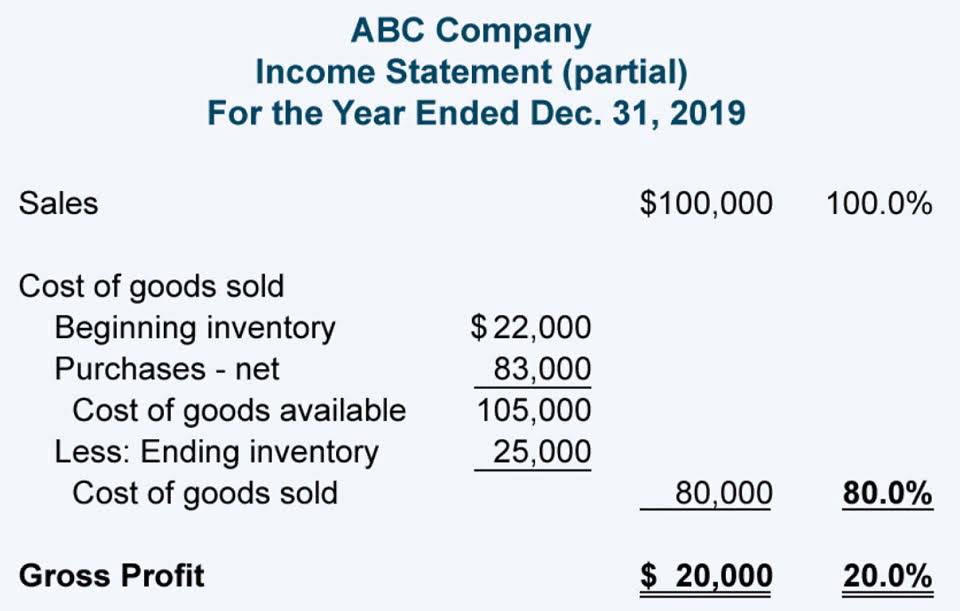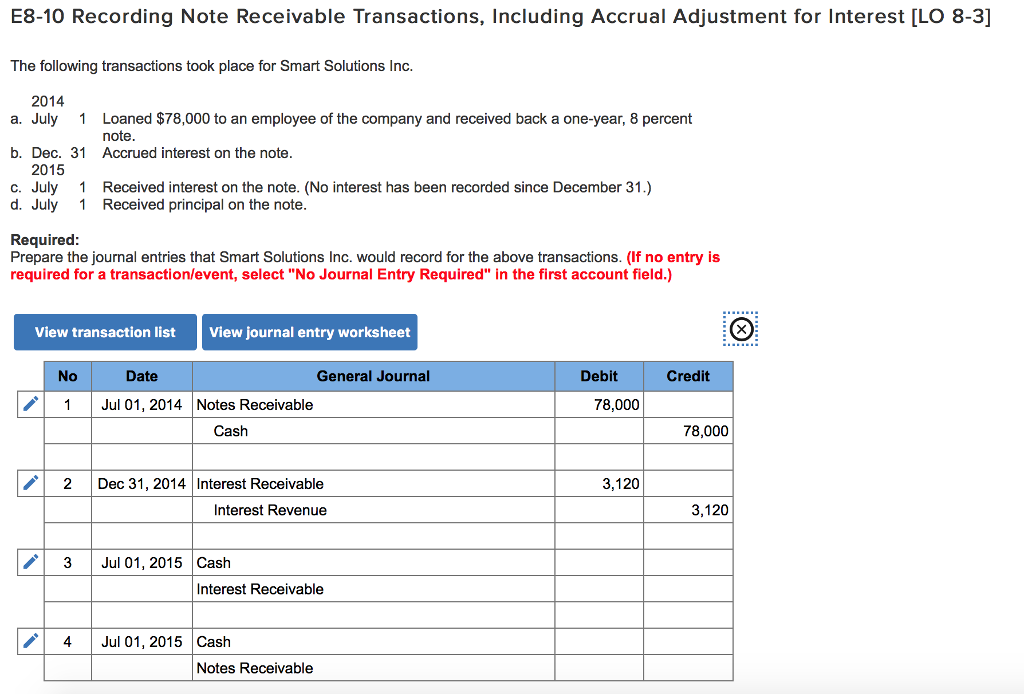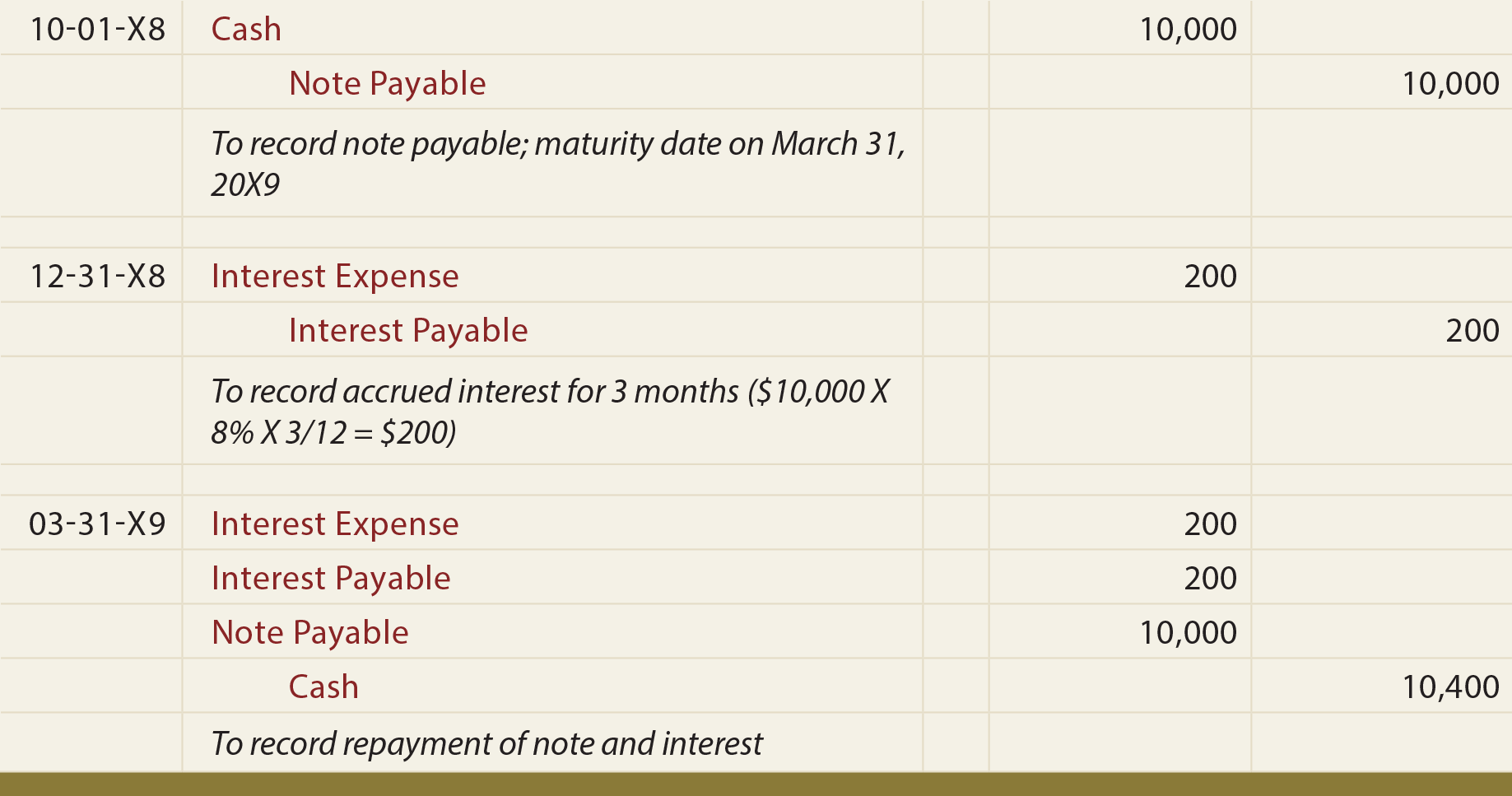Bookkeeping Services Agreement Template PDF

The above bookkeeping services template gives you a starting point for your Bookkeeping Service Agreement so you don’t have to start from scratch. Jetpack Workflow believes that using existing resources can make your practice more efficient and increase profitability. The Client and the Bookkeeper (“Parties”) agree to the following terms and conditions for the Bookkeeper’s services. The Bookkeeper will remain an independent contractor and will not be considered an employee of the Client. If you attempt to reconcile your books on your own, it can be a monumental task. Using accounting software like Zero, Wave, or Freshbooks, will allow you to reconcile your bank accounts quickly.

The business they work for will withhold and report a portion of the employee’s wages. A percentage of each check is withheld to fund unemployment, social security, Medicare, and tax liability. Each year, all employee taxable income is proven on a W-2 form and filed to the IRS. An Independent Contractor Agreement (ICA) accountant for independent contractor is the document by which RFCUNY retains the services of an independent contractor on behalf of a CUNY principal investigator (PI). Use US Legal Forms to get a printable Independent Contractor Agreement for Accountant and Bookkeeper. Our court-admissible forms are drafted and regularly updated by skilled attorneys.
Independent Contractor Agreement For Accountant And Bookkeeper
You and your client will esign this template below, and will be able to download a signed copy of the contract for your records. Any fees or expenses not listed in this bookkeeping contract must be approved in writing by the Client prior to being invoiced. The Accountant shall provide an itemized invoice to the https://www.bookstime.com/articles/independent-contractor-vs-employee Client for services rendered every 30 calendar days. Each invoice shall be paid in full by the Client within 30 days of receipt. The contract should contain signatures by both parties indicating acceptance of the terms of the agreement. Each party should then keep a copy of the contract for their records.
You can also add on payroll through Gusto starting at $40 per month. Saving money and paying estimated taxes in advance will help set you up for a more promising future. Third-party customer reviews are mostly positive for Xero, but some customers note that the pricing has consistently increased for the accounting services. Independent contractors may sometimes seem like another employee, but they are a completely different business entity than the businesses they perform work for. Accounting software will make it easier to do so with the ease of invoicing.
Grab a copy of our Bookkeeping Contract Templates
This bookkeeping contract shall be governed in accordance with the laws of [Sender.State], [Sender.Country]. Stating how legal disputes will be resolved (such as through arbitration) will be helpful if the engagement ever leads to legal action. Additionally, stating who is responsible for paying the reasonable legal fees in the event of arbitration can make the process smoother later.

A formal contract aims to hold all parties accountable for maintaining accurate financial records. It gives you a more transparent look into where your business is right now and how it is trending. Join over 1 million businesses scanning & organizing receipts, creating expense reports, and more—with Shoeboxed. Turn your receipts into data and deductibles with our expense reports that include IRS-accepted receipt images.


